Research Projects in 2024
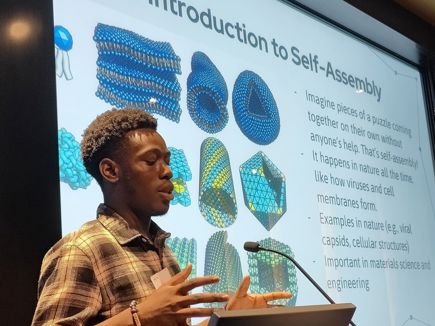
Central Washington University
Interest Rate Modeling and Asset Pricing in Incomplete Markets
The modern approach to quantitative finance is as deeply connected to the mathematical tools utilized as it is to the financial economic theory it is based upon. In this project, we will apply basic linear algebra, optimization, and statistical tools to the areas of research and practice in the financial, banking and insurance sectors. Our approach is two-fold: In the area of fixed-income securities, we will utilize a time series econometrics-based framework to the modeling, analysis and forecasting of interest rate dynamics. In the area of behavioral finance, we will apply option-theoretic approach to explore the issues in pricing and optimization in incomplete markets.


Purdue University
Characterizing Biological Patterns Using Optimal Transport and Topological Data Analysis
Patterns are present all around us in nature: examples include butterfly wings, stripes and spots in fish skin, venation on leaves, and fur on cats. Across these examples, determining whether two patterns are similar or different is often a qualitative process. But how similar is “similar”, and in what ways are two images of biological patterns different? Addressing this question can help provide insight into when genetic mutations and evolution give rise to different patterns and tissue. To do so, we need quantitative approaches that allow us to summarize many patterns in detail. In this project, we will distinguish and characterize images of biological patterns using computational methods from optimal transport and topological data analysis. For example, we may use persistent homology to quantify the “shape of data” or apply optimal-transport approaches to “morph” one image of a biological pattern into another and measure the difference between them.
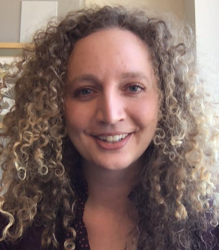

San Francisco State University
Fun at the Intersection of Linear Algebra and Probability
Our project will focus on strengthening our foundation in linear algebra. We will study randomized methods for efficiently representing the column space (range) of matrices in order to build robust and effective algorithms for facial recognition, music recommendation and cancer detection.


Simpson College
Data Augmentation Applied to Tabular Data
Classification methods have become valuable tools in multiple sectors of society. Examples of classification applications include self-driving cars, ad targeting, fraud detection, face recognition, protein function prediction, and medical diagnosis. Due to its extensive use, scientists have developed powerful machine-learning techniques for data classification. One of the issues with current state-of-the-art classification approaches, such as deep learning, is that these require lots of data. However, collecting sufficient data to create reliable models is not always possible. For example, data collected from patients can be time-consuming and costly or even impossible if they no longer want to participate in the data collection. In Computer Vision, researchers get around the lack of data by applying data augmentation approaches. Data augmentation refers to creating new data points without collecting any further data. For example, in Computer Vision, new images are created by rotating, scaling, flipping, or recoloring the original image set. This process is applied so that machine learning techniques have large enough data sets to classify data accurately. We will develop and test our data augmentation methods with real tabular data, or data organized by rows and columns, to see how well our techniques keep the intrinsic patterns and if accuracy is improved.

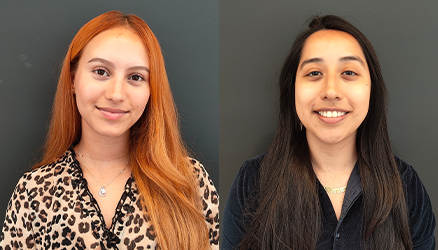
University of Delaware
Biomimetic Design Criteria for Self-Assembly and Self-Folding Viral Capsid Models
Many complex biological structures are formed by random processes (entropy-driven), and we seek to understand how complex, beautiful structures self-organize. In our lab, we are particularly focused on viral capsids such as the now familiar COVID structure that has recently received so much attention. We will focus on three avenues: (1) self-folding origami: developing new measurable variables associated with symmetry properties of planar nets of icosahedra and testing them with an origami simulator to see which nets fold quickly, completely, and without imperfections; (2) self-assembling physical models: developing quasicrystalline models (e.g., using tiles such as the recently discovered uni-tiles as well as Penrose kites and darts) of viral capsids and seeing if we can get them to self-assemble; and, (3) conducting form finding analyses of tensegrity expandohedra models of viral capsids: build models that expand from an icosahedron to an icosadodecahedron. Geometrically, viral capsids are of two different types: icosahedra (and higher level versions with 60, 120, 180, etc. individual subunits) and helices. Some icosahedra-type viral capsids do not fit a classic Goldberg polyhedral model, but are quasicrystals instead. We have successfully produced 4D printed (both self-assembled and self-folded) meso-models of viral capsids with up to 60 subunits. We have a database of Dürer nets and Schlegel diagrams of all 43, 380 configurations of dodecahedra and icosahedra. Besides building physical models that self-fold by placing them in warm water, we analyze their self-follding by using an origami simulator. While we have analyzed many configurations for their foldability and found that the number of vertex connections on a Dürer net is well correlated to self-foldability, there is considerable variation within vertex connections subgroups. If you enjoy three dimensional puzzles and visualization, learning about 3D printing and laser cutting, and mathematical problem solving, please consider coming to our lab at the Delaware Biotechnology Institute at the University of Delaware.
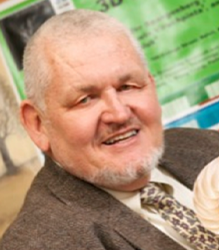
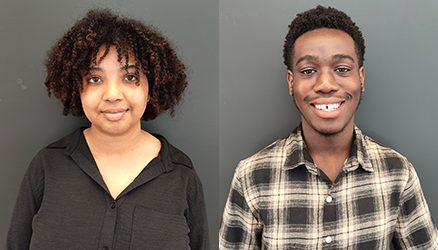
Stay Up-to-Date with Email Alerts
Sign up for our monthly newsletter and emails about other topics of your choosing.

